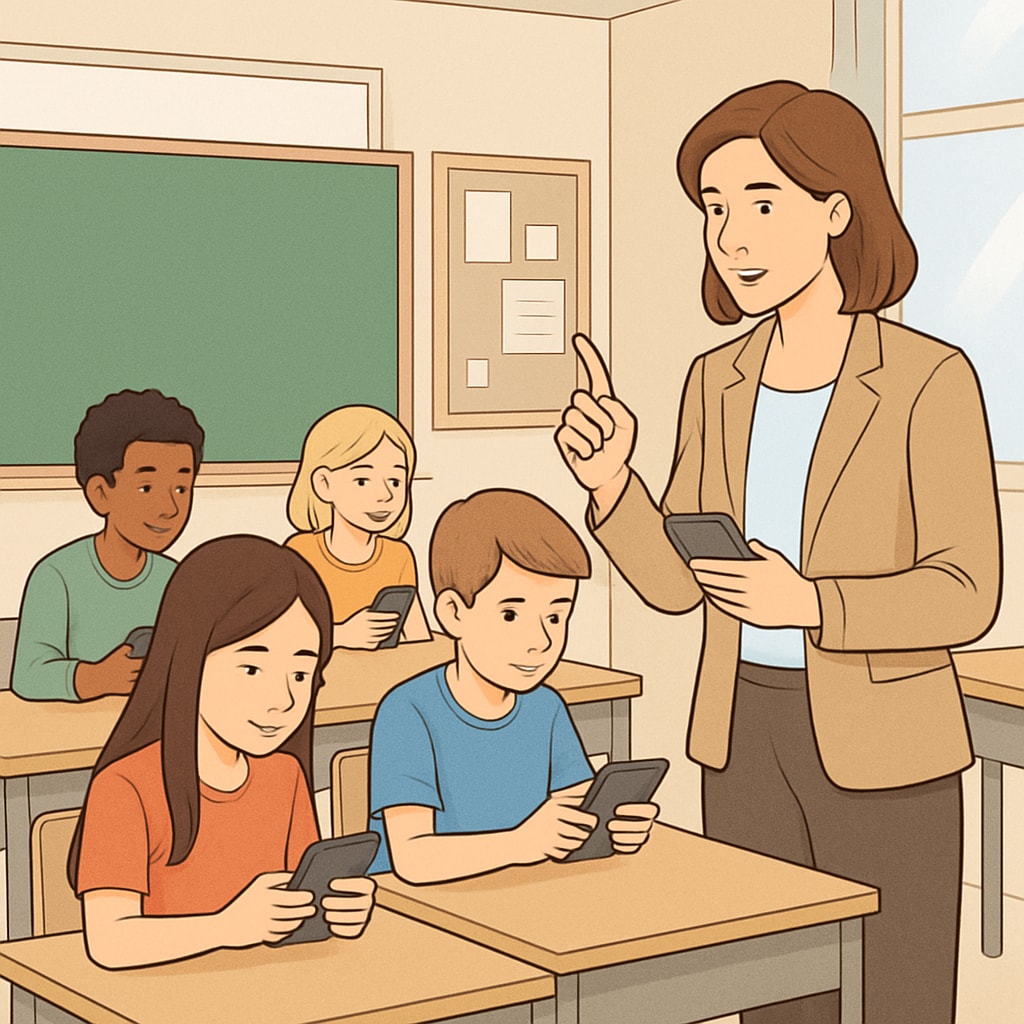With the rise of mobile phone bans in schools, educators are striving to balance “mobile phone ban, school safety, educational resources, and student focus” with the realities of a technology-driven world. While proponents argue that these bans enhance concentration and reduce distractions, critics warn of potential drawbacks, including limiting access to digital tools essential for modern education. This article delves into the effects of mobile phone bans and examines possible alternatives that bridge the gap between traditional teaching and digital-age learning.
Understanding the Impacts of Mobile Phone Bans in Schools
Mobile phone bans have been introduced in schools with the primary aim of enhancing student focus and creating distraction-free learning environments. By removing access to smartphones during school hours, administrators hope to reduce cyberbullying, cheating, and the overuse of social media. However, the implications of such policies extend far beyond these immediate benefits.
Some of the positive impacts include:
- Improved Concentration: Students are less likely to be distracted by notifications or social media.
- Enhanced School Safety: With fewer devices in use, cyberbullying risks decrease, and sensitive information is less likely to be shared.
- Better Peer Interaction: Without screens, students may spend more time engaging face-to-face.
On the other hand, critics highlight challenges such as:
- Digital Divide: Restricting access to phones may limit students’ ability to learn digital skills critical for future careers.
- Parental Concerns: Parents often worry about being unable to reach their children during emergencies.
- Missed Learning Opportunities: Mobile phones can be valuable educational tools, providing quick access to online resources and learning apps.

Exploring Alternatives to Full Mobile Phone Bans
While outright bans have their merits, striking a balance between maintaining focus and embracing technology is essential. Schools can adopt alternative strategies to ensure that mobile phones are used constructively rather than disruptively.
Some potential solutions include:
- Designated Phone Zones: Establish areas where phones can be used responsibly, such as during breaks or in supervised settings.
- Guided Digital Use: Integrate smartphones into lessons for research, virtual labs, and educational apps.
- Parent-Teacher Collaboration: Develop clear guidelines on phone use and keep parents informed about policies.
- Digital Literacy Programs: Teach students how to use technology responsibly and productively.
By implementing these measures, schools can benefit from the advantages of technology while minimizing its downsides.

Balancing Focus and Digital Integration
As mobile phone bans become increasingly common, it is crucial for educators to consider both sides of the debate. While the need to protect students’ focus and safety is paramount, schools must also acknowledge the importance of digital skills in the 21st century. Striking a balance between these priorities is vital for preparing students for the future while maintaining a conducive learning environment.
In conclusion, mobile phone bans can serve as an effective shield against distractions, but they should not create a digital divide. Schools must explore innovative solutions to ensure that students benefit from modern technology without compromising their ability to concentrate and learn effectively.
Readability guidance: This article uses concise paragraphs, clear lists, and frequent overviews to maintain readability. Active voice is prioritized, and transitions like “however” and “as a result” are used to enhance flow.


